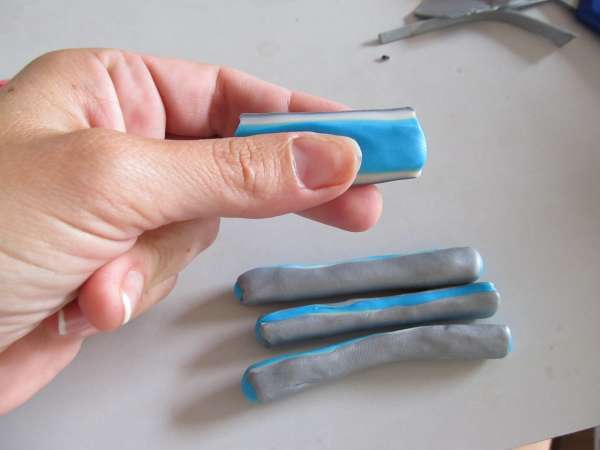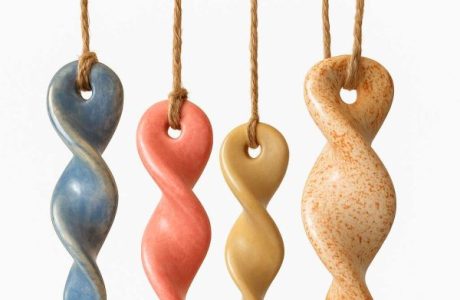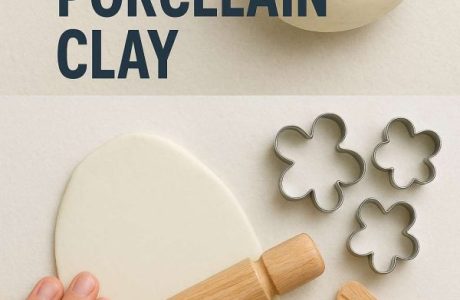
Polymer clay needs to be baked correctly. My first tip is to make sure you are using the manufactures instructions on the clay you have purchased. There are so many different brands surfacing so be sure to read their labels and product colors.
Underbaking leads to breakage and soft clay and overbaking can cause cracking, browning and discolouration.
How hot is your oven? A professional cake baker will always tell you to test your oven temperature with a thermometer why? We basically only use those small plastic toggle switches to assume the digits are sitting on the right spot of the dial. For accuracy in baking cakes or baking, clay check your oven temperature.
Sometimes an eager crafter will place their baking clay into the oven BEFORE it is hot enough, so make sure you are placing it in a fully preheated temperature. Always bake as long as the manufacturer recommends on their packaging for your product. Some artists believe baking longer produces stronger pieces, but make sure you are watching your item if you are going over the suggested times. I have forgotten about pieces and eventually, they do burn and discolor, especially visible on lighter colors of clay when you over bake them. Make sure your oven does not have exposed elements that could concentrate the heat into one section of your piece, you can and should use fan-forced oven.
Actually, to be honest, and I know this is hard for some artists but if you are going to be making or baking clay pieces on a regular basis I highly suggest using a small toaster oven that is dedicated to your clay only. Previously when baking clay in an oven my family has had reactions to the odour coming off the clay and after a marathon baking session to create 100 Bottles of Hope we were never after to eat oven fries again without the “clay taste”. Whilst most people say that clay is not toxic and the fumes are safe, use your own common sense here. Crack open the windows and pop on the oven exhaust fan.
So what makes for a successful bake? Make sure your clay has been well worked before you begin. This involves really kneading the clay to get all its oils mixed throughout the whole clay. Clay could be sitting in a packet for years and it literally needs its juices (oils) spreading around to make it subtle and workable. Soft clay is often overlooked for this step with crafters assuming it is “ready to go”. Think of it this way, you would never use a tin or paint without stirring it right? The same thing applies when working with polymer clay.
Some other tips are making sure you support any areas when baking, for example using foil to pack the inside of a project to support the clay whilst it bakes.
How to bake Sculpey? Preheat to 275 degrees F (135 C). Bake for 30 minutes per quarter inch of thickness. It is suggested that thicker pieces be initially baked for 15 minutes, then another 5 minutes, another 5 minutes, etc. The clay needs at least 15 minutes to cure properly.
Here are some direct links to manufactures how to bake clay pages.
Staedtler / Fimo




